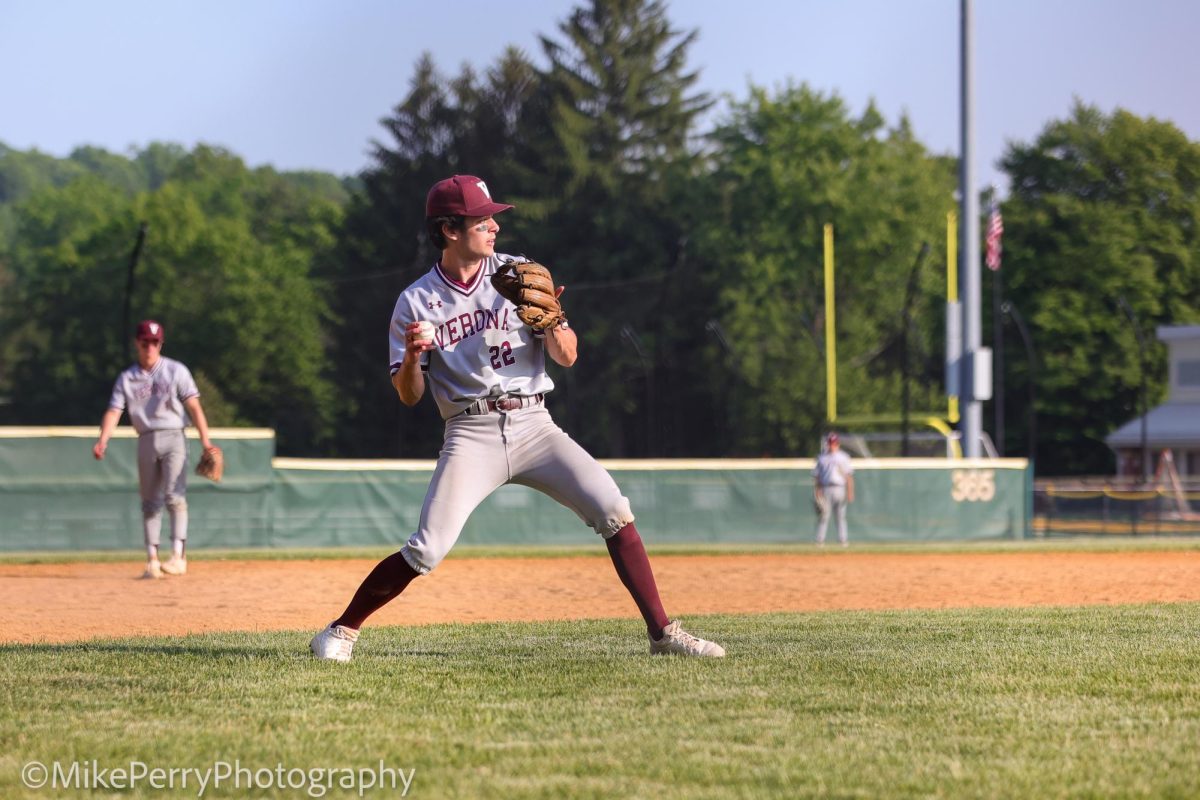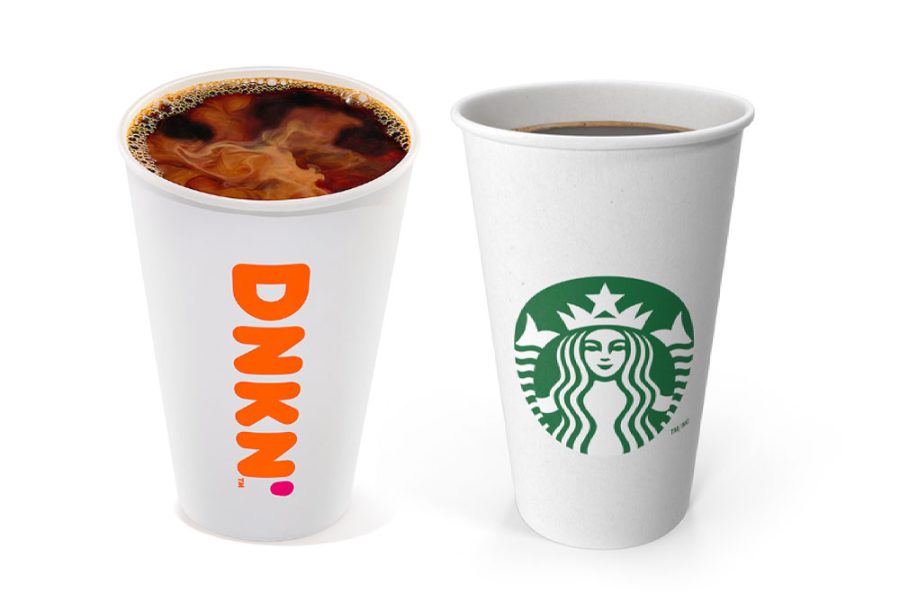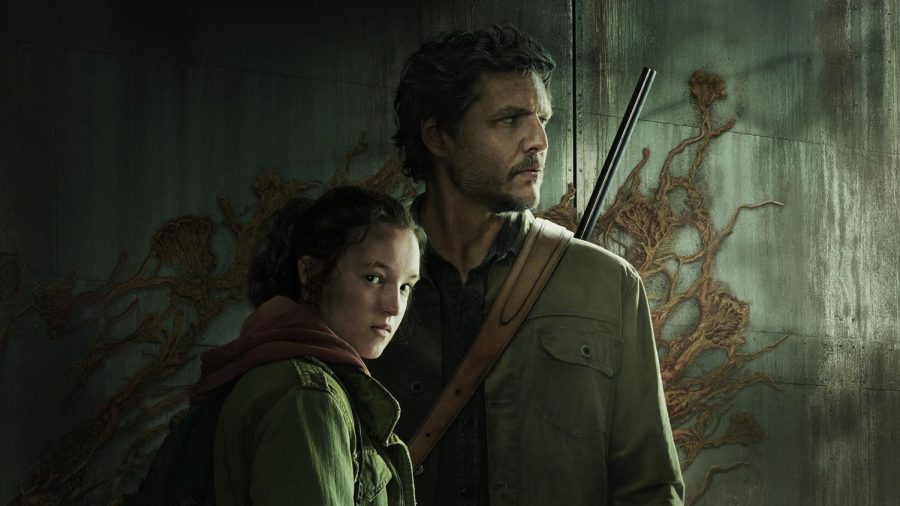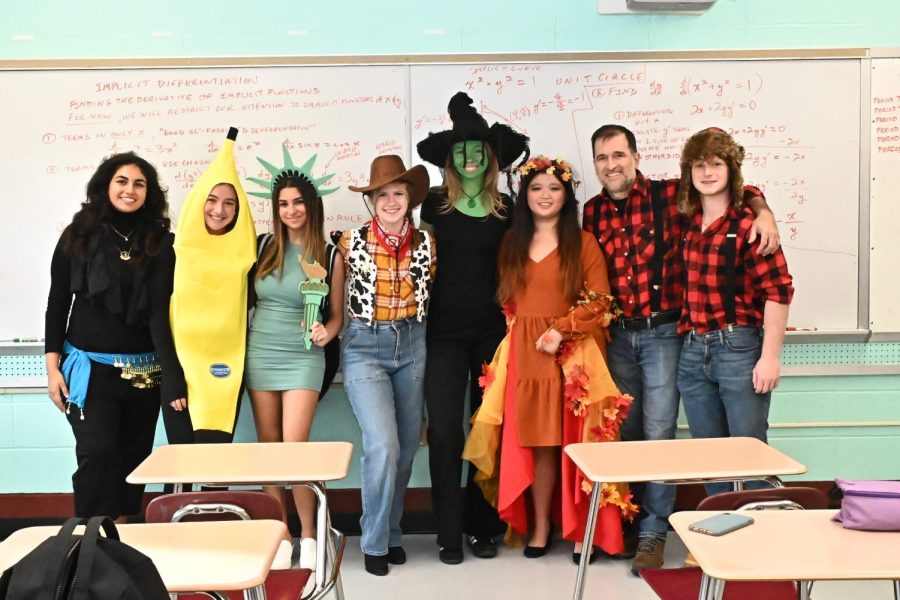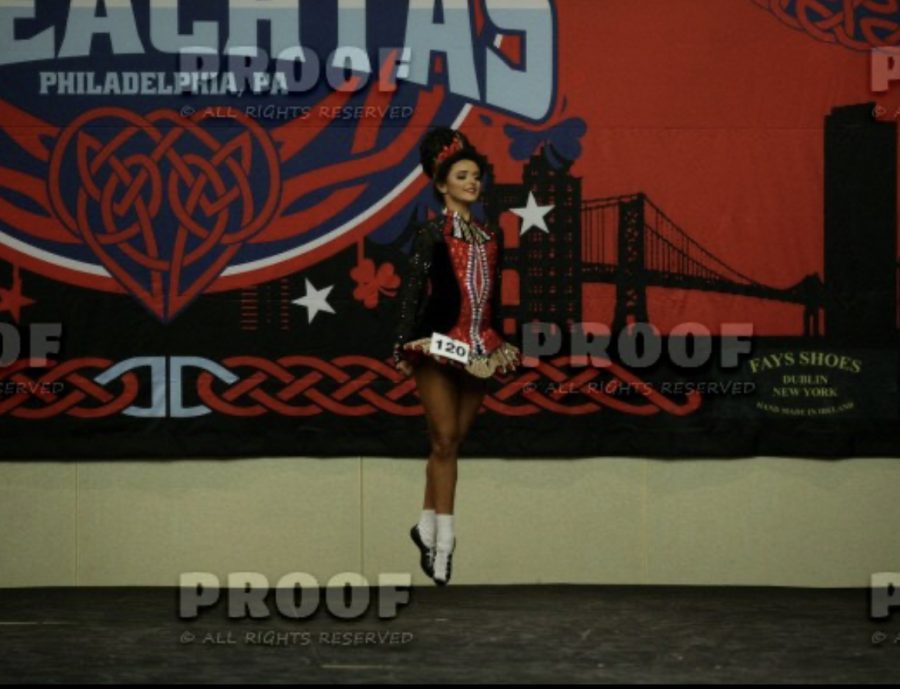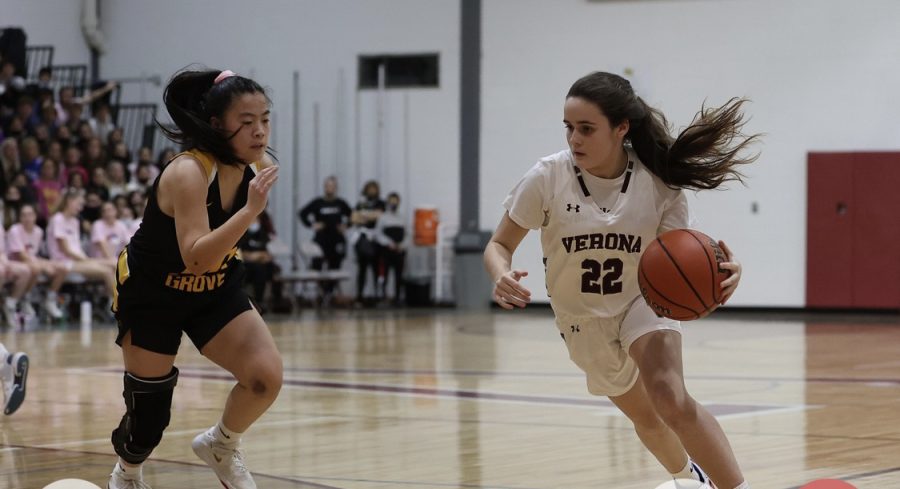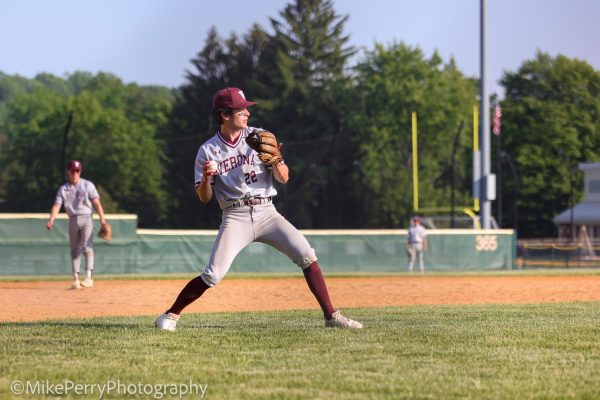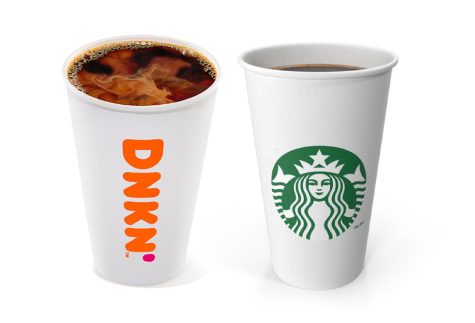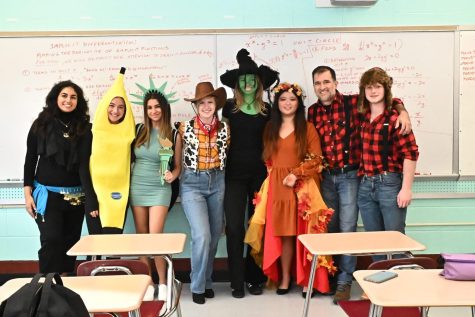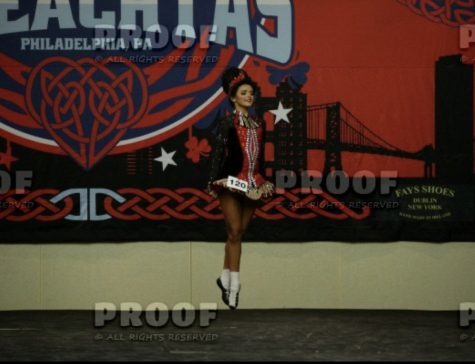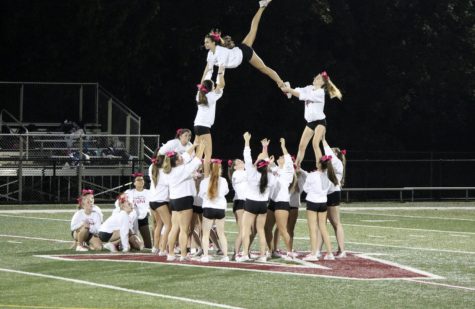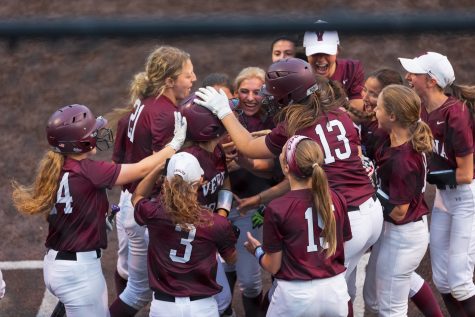French Magazine Targeted For Cartoons Deemed Offensive
Two gunmen opened fire in the Paris headquarters of Charlie Hebdo, killing 12 and injuring 11, on January 7, 2015. The incident, one of France’s worst security crises in over a decade, was the catalyst for the issues that occurred over the next three days.
Charlie Hebdo is a French satirical weekly newspaper that had attracted the attention of Islamic extremists for its controversial depictions of Muhammad, the Islamic prophet.
The two gunmen, now known to be brothers Cherif and Said Kouachi entered the Charlie Hebdo offices and opened fire when a weekly editorial meeting was taking place. The 12 victims included the building’s caretaker, the editor’s police bodyguard, the editor, cartoonists, and other members of the editorial staff. Witnesses said they had heard the gunmen shouting “We have avenged the Prophet Muhammad” and “God is Great” in Arabic while calling out the names of the journalists.
The gunmen left the building but had their escape route blocked by a police car. The gunmen then opened fire again, puncturing the windshield with an abundance of bullets, but the officers remained unharmed. The gunmen were able to switch cars and escape after killing an officer.
The following day a lone gunman shot a policewoman, killing her, and injured a man before escaping as police continued their search for the Charlie Hebdo shooting suspects. The French authorities initially dismissed any suspicion that this act of violence was linked to the attack that occurred on the previous day, but later confirmed that there was a connection.
On the morning of Friday January 9, police closed in on the fugitives in a printing firm on an industrial estate in the outskirts of Paris. Hundreds of armed officers surrounded the building, sealing off any means of escape for the gunmen. This began an intense, eight-hour stand-off.
The two brothers stated that they would die the death of “martyrs” and emerged from the building firing at the police. Cherif and Said Kouachi were killed and two officers were injured in the process.
Meanwhile, a gunman later identified as Amedy Coulibaly took several people hostage at a kosher supermarket in the east of Paris after a shootout and threatened to kill them unless the Kouachi brothers were allowed to go free. Shortly after the situation with the Charlie Hebdo fugitives ended, an elite group of officers entered the supermarket and shot down the gunmen. They were able to free 15 hostages from the store, but found the bodies of four others.
On January 11, up to 2 million people, including over 40 world leaders, met in Paris for a rally of national unity to honor the 17 victims. In all, about 3.7 million people joined demonstrations nationwide, in what officials called the largest public rally in France since World War II. The phrase “Je suis Charlie,” French for “I am Charlie,” became a common worldwide sign of solidarity against the attacks.
The remaining staff of Charlie Hebdo announced that despite the circumstances, publication was to continue. To accommodate worldwide interest in their plight, they printed three million copies of the January 14 “Survivor’s Issue” of Charlie Hebdo, a publication that usually prints 60,000 copies. The cover featured an illustration of the prophet Muhammad, holding a sign that says, “Je suis Charlie,” with the phrase, “All is forgiven,” printed above his head.

